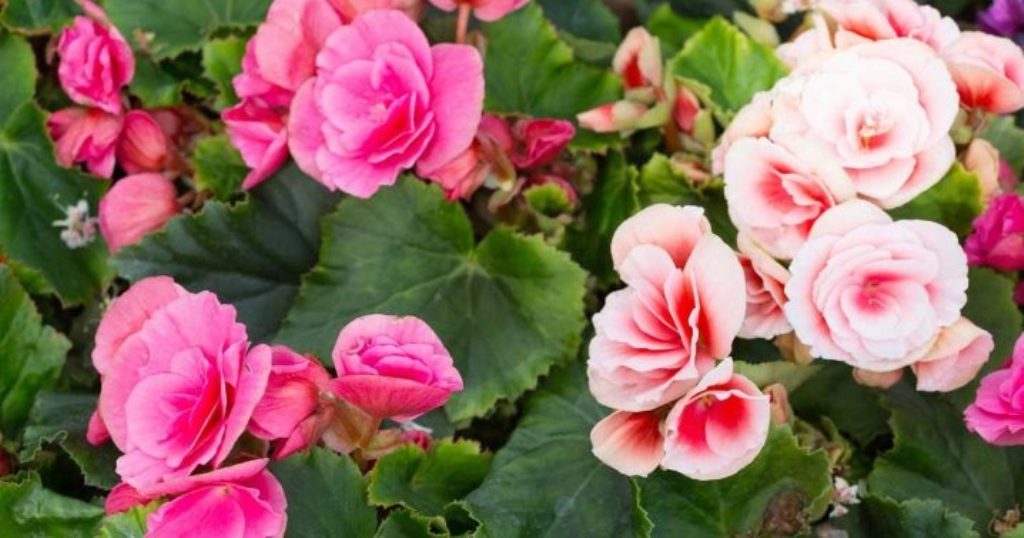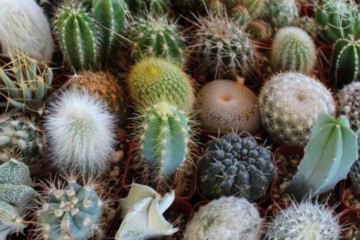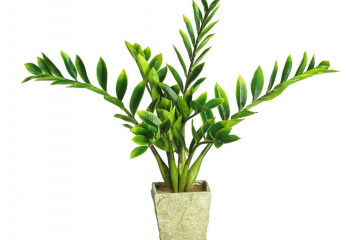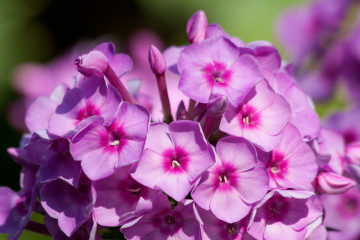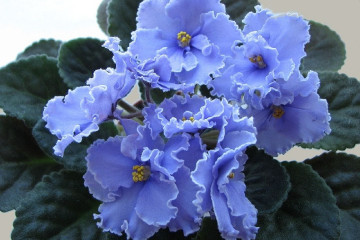How to transplant begonia to a new location
Content:
In the gardens and parks of Russia, begonia is found quite often. This beautiful flower does not require much maintenance and grows well both outdoors and at home. The beauty and variety of colors during flowering are the reasons for the growing popularity of begonias among gardeners. They know that it is important not only to choose the right variety, but also to properly care for it. First of all, you need to learn how to transplant begonia so that it not only starts, but also delights with its flowering later.
When do you need a transplant
Despite the low requirements of the plant, it is still necessary to take care of the flower. If you do not provide proper and complete care, the bush will simply stop blooming.
One of the main conditions for the process is timely transplantation. Immediately after purchase, the begonia should not be transplanted. It is better to do this after a few weeks, so that the plant has time to adapt to new conditions.
What factors indicate that the flower needs a transplant:
- The volume of the container is insufficient and the roots are visible from the drainage window.
- The pot is damaged or completely broken.
- Pests have appeared on the plant, which can only be eliminated by transplanting.
- There are too many leaves, and this interferes with the full development of the flower.
- The plant was recently purchased.
Spring is the ideal time to transfer begonias to another container. At this time, active growth has not yet begun, and the plant will tolerate such stress much more easily. But if necessary, begonia transplantation is possible at other times of the year.
How often to replant begonia
The root system of the plant is not too large, so it should not be transplanted often. Planting begonias in a new place does not require much time and effort. It is important to do everything carefully so as not to damage the delicate roots. Otherwise, the plant will not take root in a new place.
The transplant itself is carried out in the following cases:
- After purchasing the plant.
- If necessary, replace the soil with a more nutritious one. This is an annual event that should not be ignored to keep the plant healthy.
If the begonia, the transplant of which is necessary after purchase, is placed in comfortable conditions, it will quickly develop into a healthy plant and will delight others with its flowering.
How to choose a pot and soil
Before work, you need to prepare everything you need for a correct transplant. First of all, these are:
- Sufficiently spacious container. It is better to choose a pot a few centimeters larger in volume than the previous one.
- Nutrient soil consisting of peat, turf and soil and humus. They are taken in the same proportions.
- Drainage. It provides oxygen access to the roots and allows excess moisture to be removed. As it, you can use expanded clay, pebbles, pieces of tiles and so on.
These components must be kept on hand before replanting begonia.
Plant preparation for transplanting
Begonia varieties have different types of root systems. In most plants of the species, small, thin roots can be seen. These flowers are most often planted outdoors. Tuberous varieties, instead of the usual processes, have a slight thickening of the flattened shape. Thin roots resembling hairs extend from it.
Before planting begonia, you must carefully clean the root system from the soil. The roots are then inspected for viability and damage. If necessary, carry out disinfecting treatment.
Young and strong tubers are selected for planting, which will give a powerful stem and delight with beautiful flowering.
Transplant methods
If everything is ready for transplanting begonias at home, you need to decide how best to do it. There are two ways to do this: transfer the entire plant to a new pot, or plant only the tuber in the ground.
How to transplant begonia at home entirely step by step:
- A drainage layer is laid out at the bottom of the pot, then charcoal. The rest of the container is filled with soil.
- After cleaning, the previously processed and examined flower is placed in a new pot and sprinkled on top with a small layer of soil mixture. The soil should not go up to the edge of the pot by one centimeter.
- The planted flower is well watered. If necessary, after a couple of weeks, you can add a little soil.
If the flower is planted with a tuber, it is not placed too deeply and only a little sprinkled with earth.
Care after plant transplant
Watering is done immediately after the plant is placed in a new pot. Then a break is taken for about four days. When the soil surface begins to dry out, watering is resumed. Their intensity depends on many factors. For example, autumn is a time of slowing growth, and at this time, begonias do not need a lot of water.
Transferring from the shipping pot after purchase
After the begonia is brought into the house, you should give it a rest and only then transplant it into a new, slightly larger pot. After inspection, the plant is treated with disinfectants and dried. During the flowering period, it is better not to transplant the flower.
Typical transplant errors
Violation of the requirements for plant transplantation can cause the death of flowers, so you need to know what not to do with this event. The most important mistakes are:
- Invalid container size. In a pot that is too large, the plant grows very slowly and may not bloom.
- The soil is too dense. So the plant does not receive nutrients due to the fact that the access of oxygen is blocked. The water will not be completely removed and the soil acidity will increase, which will negatively affect the plant.
- Large deepening of the root collar. With such an error, begonia may die.
To enjoy the beautiful flowering of begonia, you need to properly care for it and plant the plant. The main thing is to comply with the technology of work and not touch flowering plants. If the soil is loose and nutritious, and watering and feeding are carried out in a timely manner, begonia will thank you with lush and long flowering.
